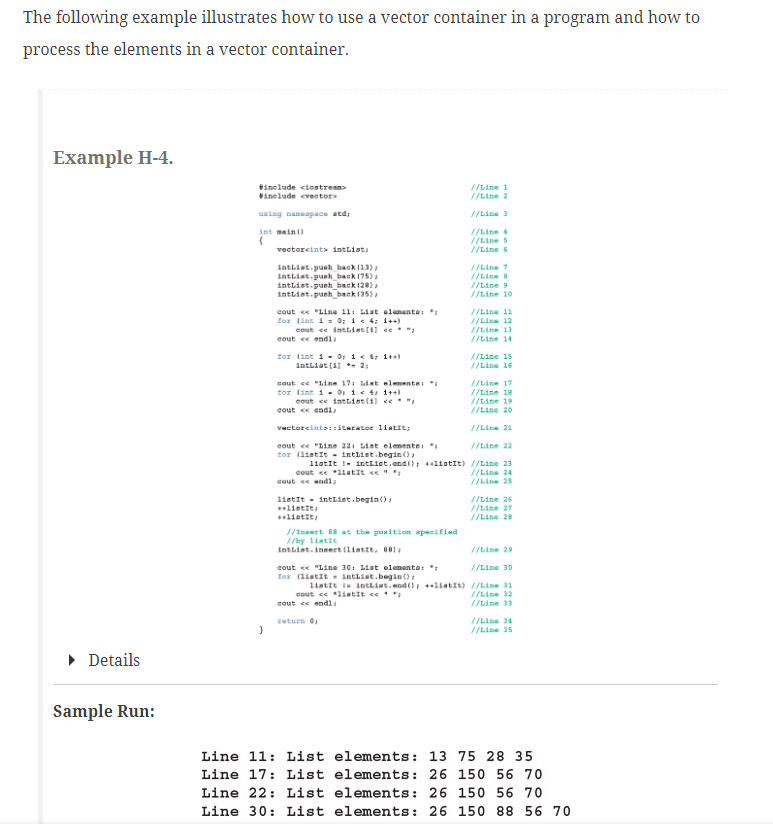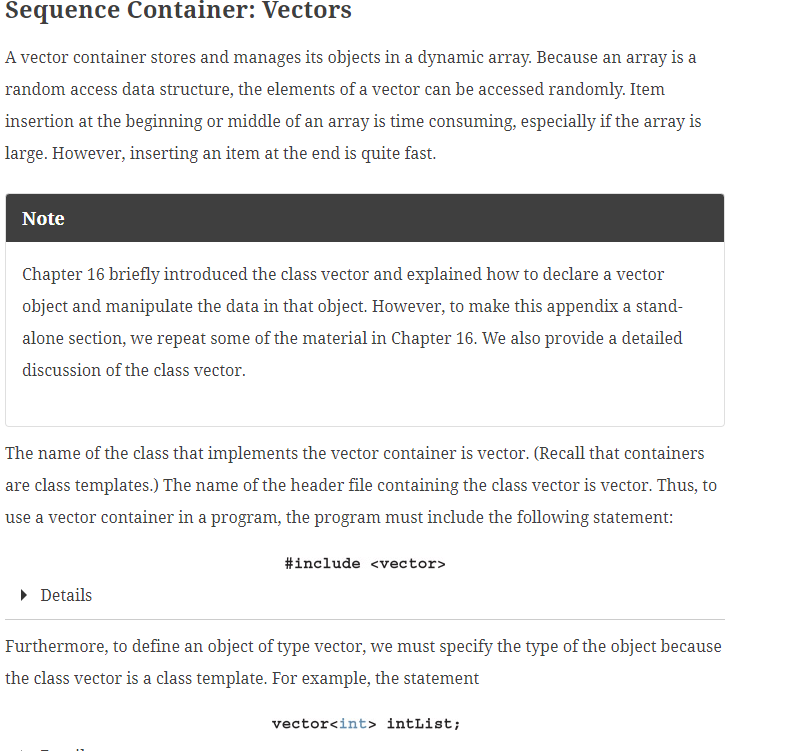Question
Create your own vector class which will test algorithms from Chapter 16 and those from the STL, Standard Template Library (Appendix H). Derive class myVector
Create your own vector class which will test algorithms from Chapter 16 and those from the STL, Standard Template Library (Appendix H).
Derive class myVector from vector. myVector must implement the following methods:
int seqSearch(T searchItem);
int binarySearch(T searchItem);
void bubbleSort();
void insertionSort();
Create a test program to create some vectors and test your methods above. Recall from your reading that binary search only works on a sorted list. Add a static member to the class to remember if the list is sorted ( i.e. binarySearch() should first sort the vector if its not sorted already).
Use the template below as a starter for your assignment. All comments in BOLD represent code which you need to implement:
#include
#include
#include
using namespace std;
template
class myVector: public vector
public:
int seqSearch(T searchItem);
int binarySearch(T searchItem);
void bubbleSort();
void insertionSort();
};
template
int myVector
{
//implement sequential search
}
template
void myVector
{
//implement bubble sort
}
template
void myVector
{
//implement insertion sort
}
template
int myVector
{
//implement binary search
}
int main()
{
//define test vector(s)
myVector
//add values to the vector(s)
//test sort methods
//test search methods
//print sorted vector using range based for loop
//define new test vector(s)
//define an iterator to each of the above vector containers
//add values to the vector(s)
//test the STL sort method
//test the STL binary_search algorithm
//print the resulting vector(s) using an iterator
return 0;
}
Useful notes:
this->size(); //length of vector from within myVector class
this->at(index); //value at specified index of vector from within myVector class
(Not sure if these photos will help but they are from Appendix H mentioned in the instructions)



Step by Step Solution
There are 3 Steps involved in it
Step: 1

Get Instant Access to Expert-Tailored Solutions
See step-by-step solutions with expert insights and AI powered tools for academic success
Step: 2

Step: 3

Ace Your Homework with AI
Get the answers you need in no time with our AI-driven, step-by-step assistance
Get Started


